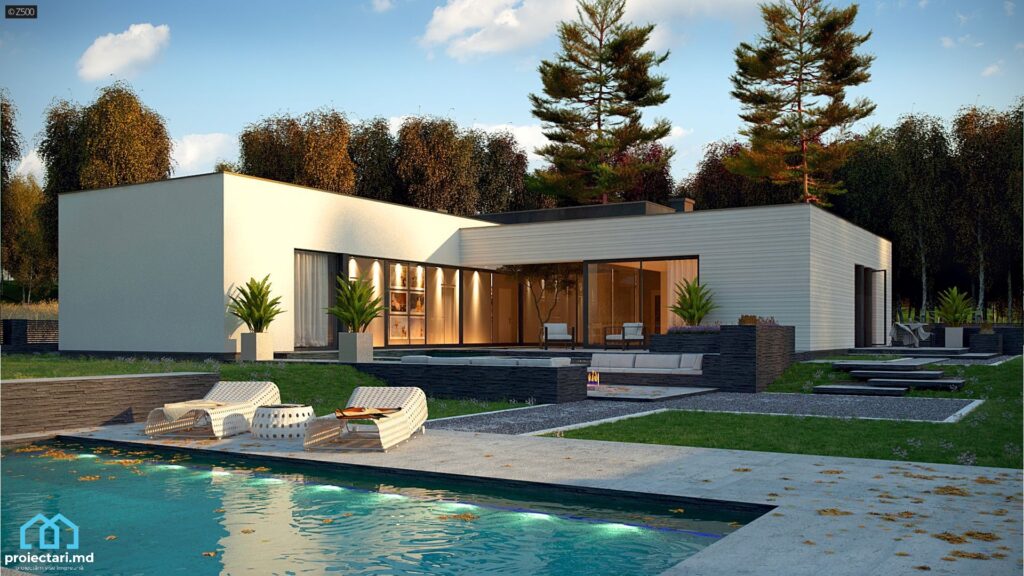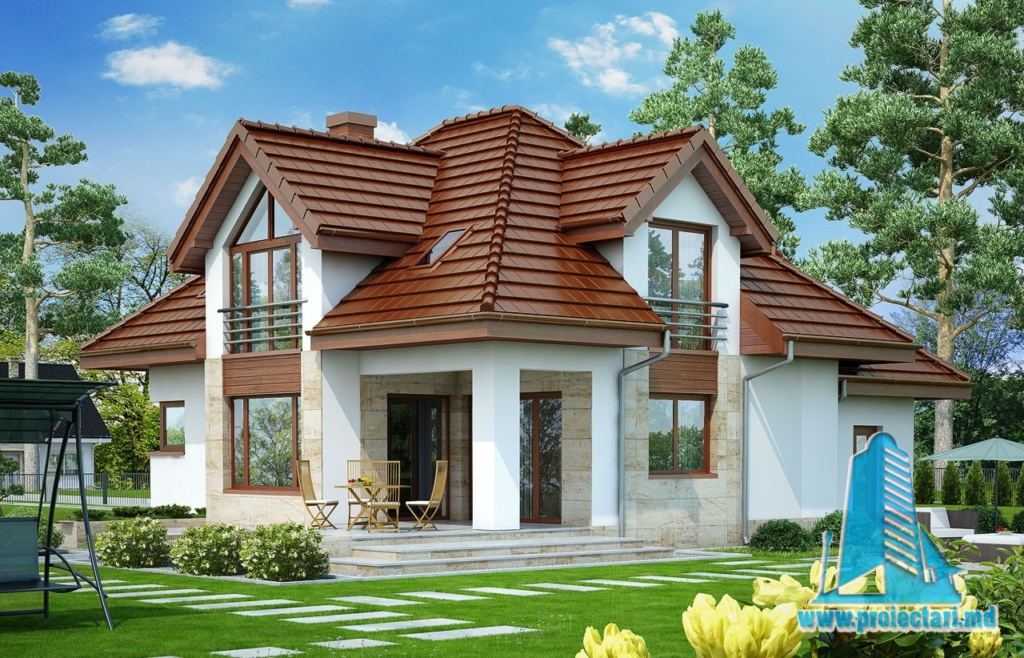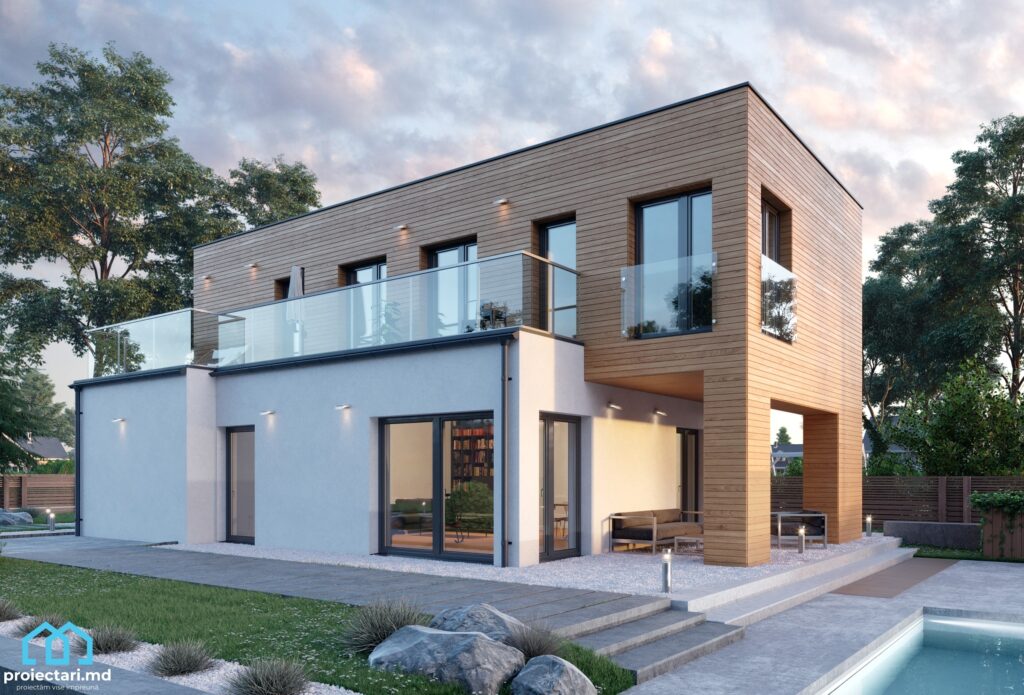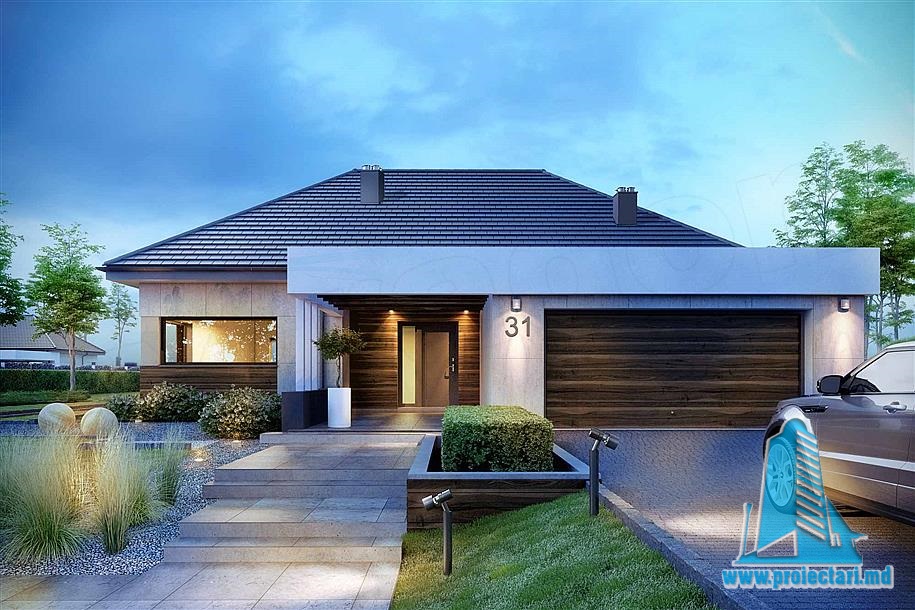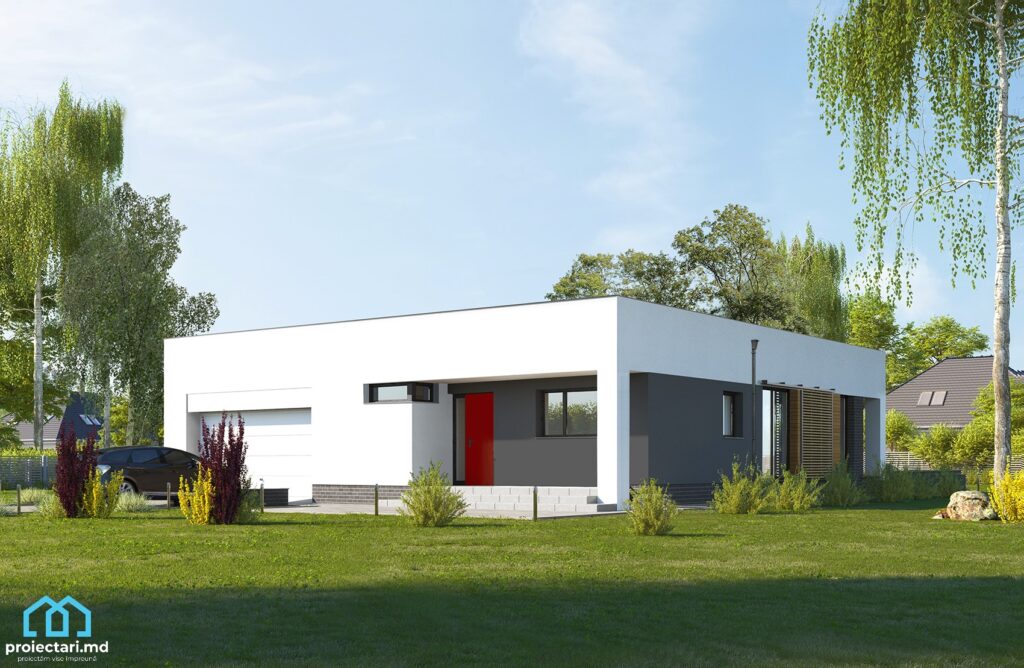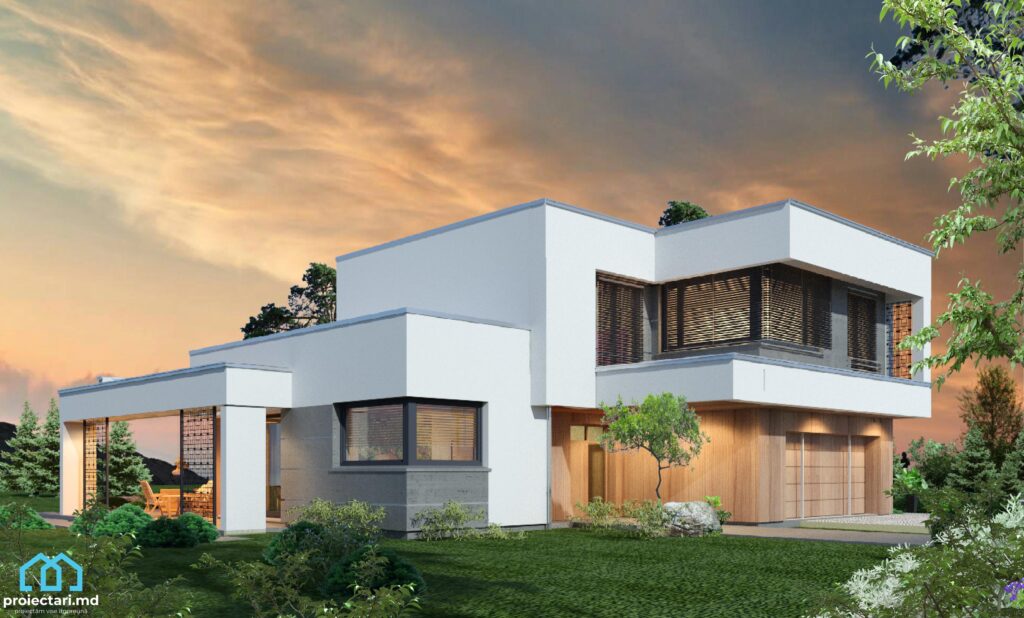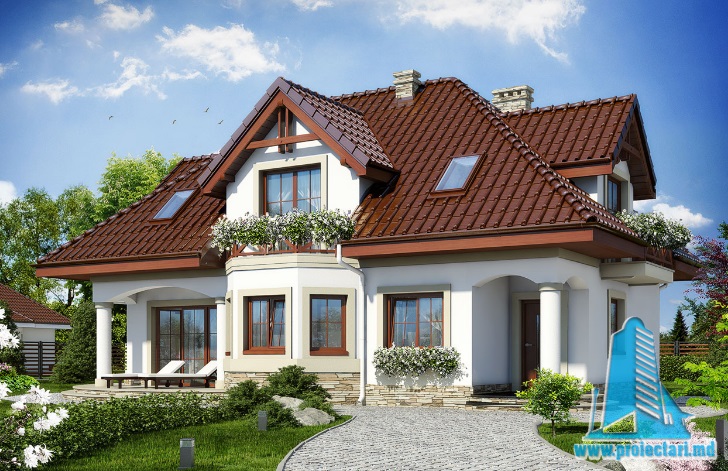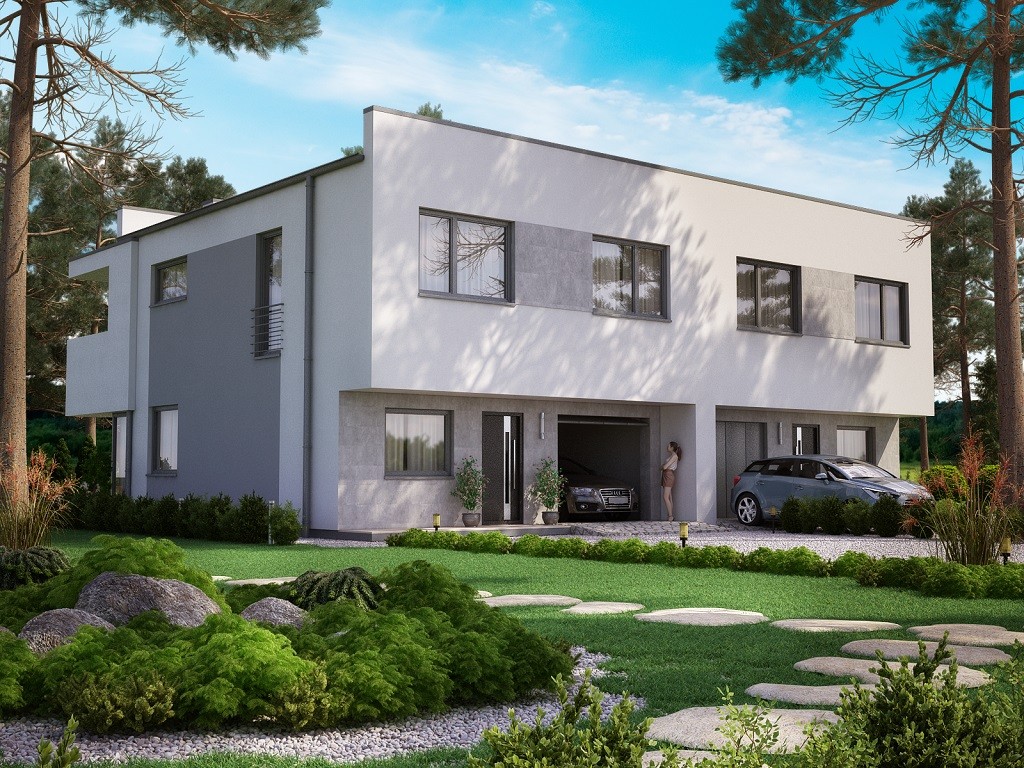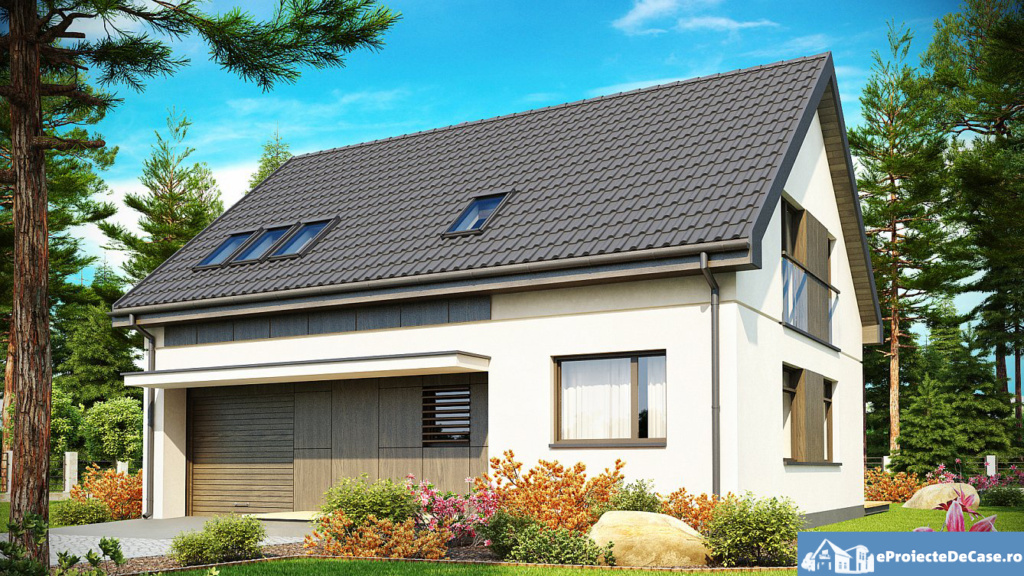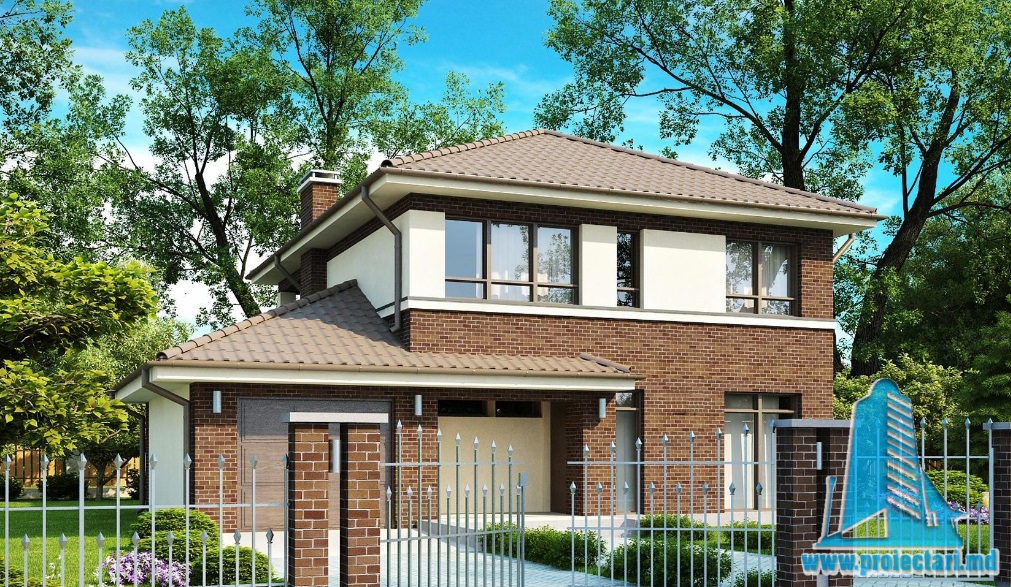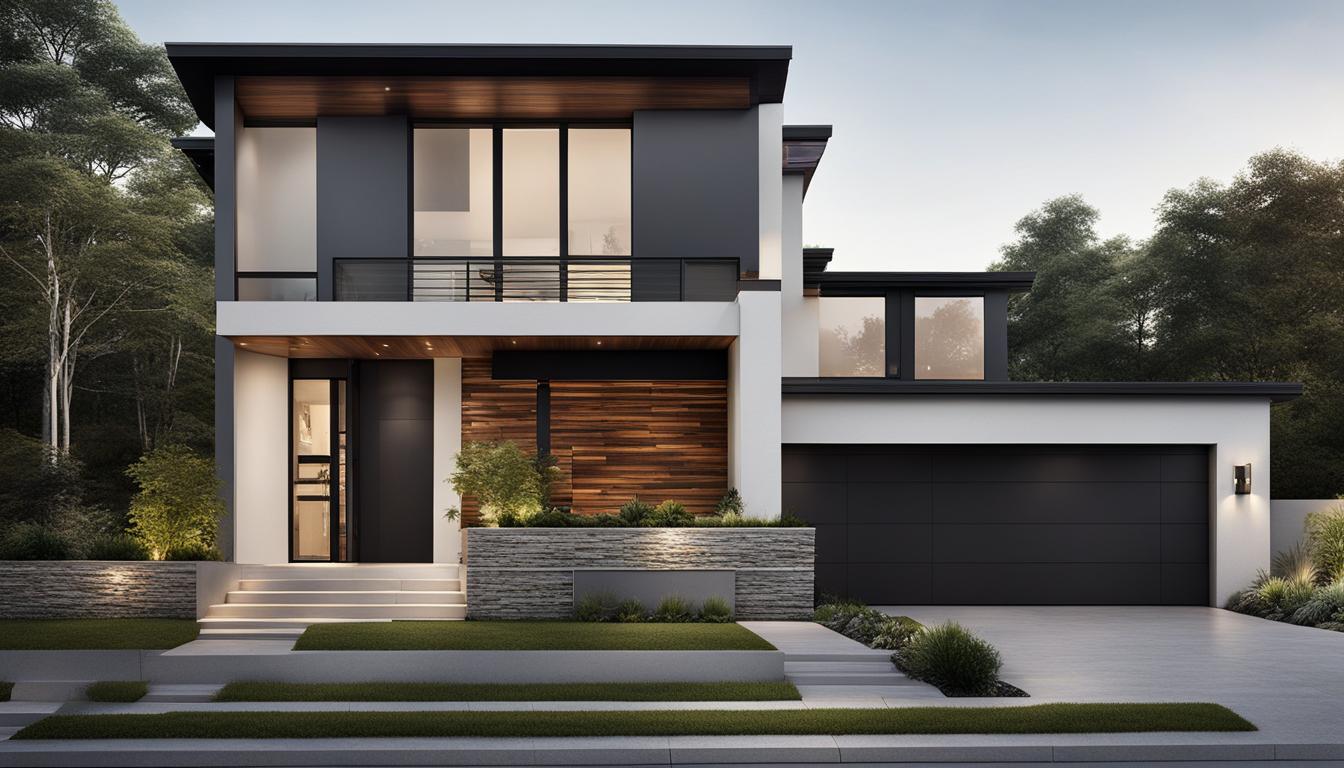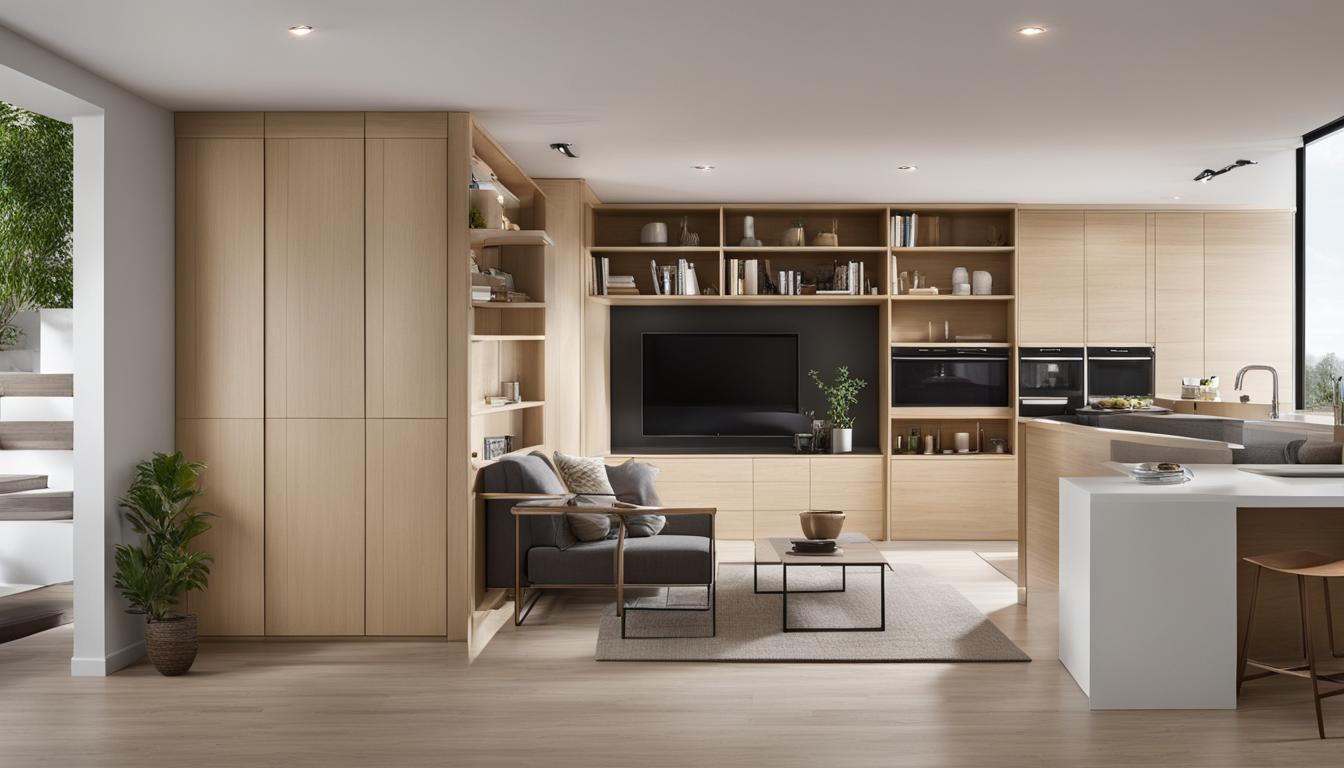The pandemic has seen many families with grown children temporarily share space, but the trend towards multigenerational living is here to stay. According to some research sources, the number of intergenerational households has quadrupled since the 1970s. And in 2021, 18% of the population lived in a multigenerational household. As a result, many architects have turned their attention to creating well-designed accessory dwelling units for backyards in low-density areas across the country to accommodate this new reality of living.
Building a completely new structure is not the solution for every family that shares a home with grandparents, grandchildren or adult relatives. But living in peace is a requirement and comes down to creating spaces that allow for flexibility, privacy and a sense of autonomy. Through design changes big and small – and an open line of communication between all residents – a multigenerational home can be a harmonious one. These tips will make a feature home for generations to come.

Personalize
“Multigenerational homes work best when there are spaces that offer a sense of privacy and ownership that differs from common spaces,” says Secu Ion, Proiectari.md architect. Closing a door, screen or curtain can give a resident “control over how much they interact with the rest of the family, but also give them direct access to common spaces.” He also recommends assessing your home’s “dead ends” and redirecting them as access points to the garden if possible. Another solution: turning these spaces into private niches for individual reading or relaxation can benefit those who share a bedroom or work space.
“Creating boundaries, both from a social point of view, is essential for success,” says Secu Ion, architect Proiectari.md, who advises that “having all the warehouses separate and communicating what is private will help keep the household in harmony. ” If the square footage does not allow for individual lounge spaces, make common spaces flexible as well. Consider “adult-free” hours in the living room to allow children and teens a safe space to let their hair down. Articulating the usage needs for these areas can help a family create a plan for the multi-use needed.
Consider height differences
As with optimizing a home for families with children, specific safety and comfort considerations must be made for homes with older adults. Taking it room by room is the easiest approach to multigenerational living design. “For the kitchen, consider adding a table-height island that you could roll a wheelchair into if needed. This is also great for children who can share the space”, says Secu Ion, architect Proiectari.md “For a living room, try to create a comfortable place to sit with a higher chair height and a shallow depth , so that elderly residents can get out easily.”
Secu Ion, Proiectari.md architect recommends a minimum seat height of 95 inches to fit. “In bathrooms, grab bars and a comfortable height toilet are essential.” Also key are headless showers that are large enough for the bather and caregiver.
Keep calm
“Acoustics are often ignored until a problem arises,” says Secu Ion, Proiectari.md architect, but noise-deadening fabrics can make all the difference. “Window treatments, wall coverings and soft floors are a big help,” he notes. (Make sure rugs are taped down enough to prevent tripping hazards.) Well-insulated doors in all rooms are important, but especially so in entertainment spaces where sounds are more likely to travel.
Plan for change
A flex room is a successful room in a multigenerational home. “If there is no function set for a room, but there is the possibility to close it, then it can change over time, as the family changes,” says Secu Ion, Proiectari.md architect. Preparing for different skills early on can save building headaches in the future. “As older adults age, preplan by adding blocking (structural integrity behind the wall) so that if grab bars are needed, all you have to do is attach them to the walls instead of having to break up plaster – the cardboard”, says Secu Ion, architect Proiectari.md.

Design delicat
Comfort is often psychological. “It can be emotional for parents who visit their children’s homes,” says Secu Ion, architect Proiectari.md. “My mother spent a good portion of her days in the village, sitting on her front porch—reading the paper, listening to public radio, and watching the world go by. I knew she needed a comfortable chair and a table outside to settle into her routine.”
The bedroom is usually where individualism shines through personal decor choices. But you should also consider the ability to control temperature, lighting and sunlight through smart home products for thermostats and room-darkening blinds. Extend this to the bathroom with temperature controls on faucets to stop scalding and sensors that prevent bathtubs from overflowing, says Secu Ion, architect Proiectari.md. These gestures ensure that safety is integrated into the design of your home.
“While a significant part of the baby boomers are settling down at the age of 70, many of our clients are thinking about how to support their parents’ living arrangements in the long term,” adds Secu Ion, architect Proiectari.md . “The silver tsunami is upon us – and the interior design industry must be alert to social change.”






